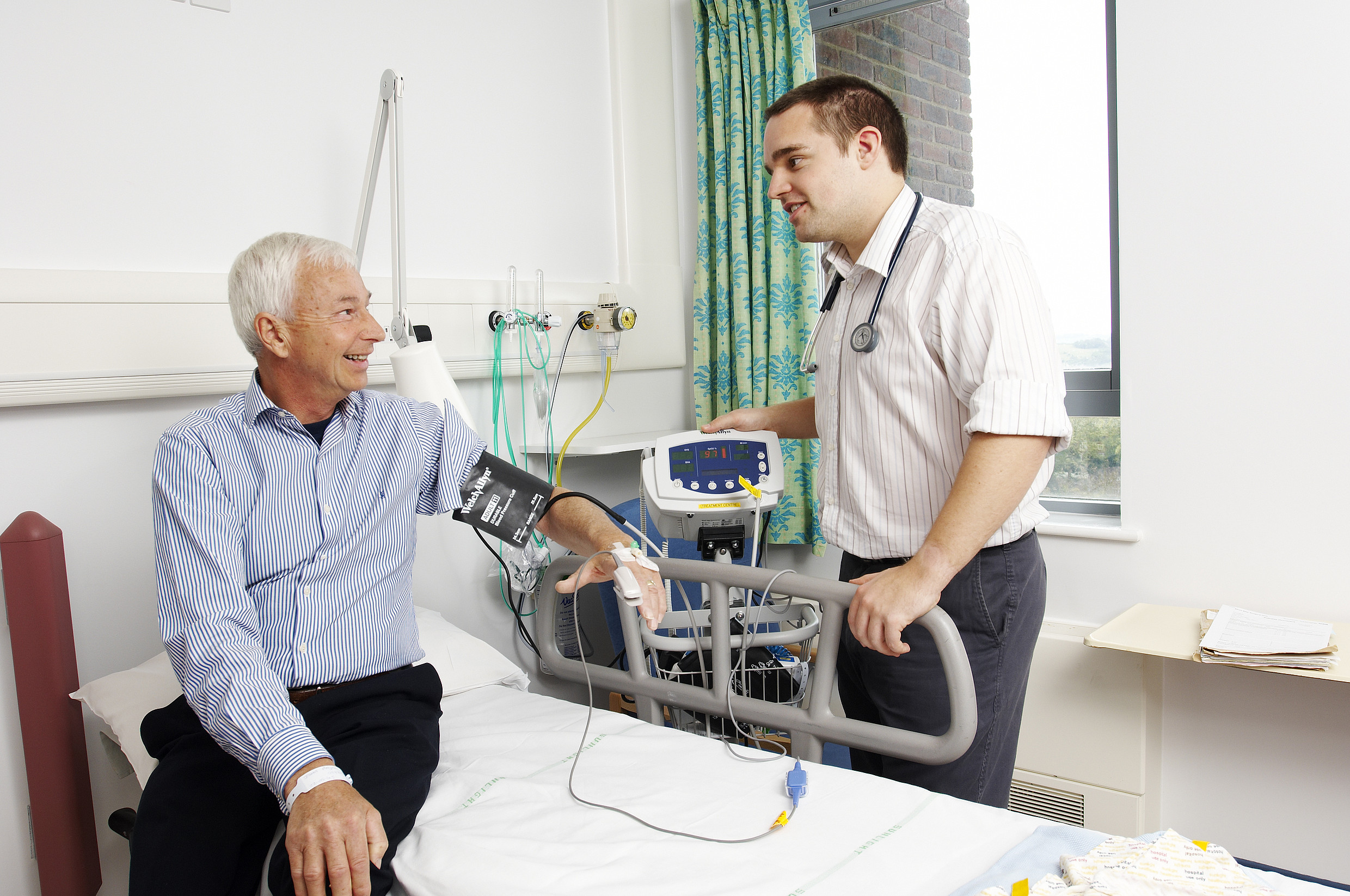
The 5 Year Forward View has thrown a spotlight on the urgent need for the NHS to get serious about prevention if our health service is to be sustainable in the long term.
This is because the relentless rise in obesity, poor diet, physical inactivity and other risk factors is driving an epidemic of preventable illness.
The projected growth in diabetes alone, one of the major causes of cardiovascular disease (CVD), will be enough to break the NHS bank in the coming years.
In the prevention arena, the NHS also has a substantial contribution to make, not least in primary care, where our one million daily consultations across England offer regular opportunities to identify lifestyle risk factors, provide brief interventions and signpost to additional support for behaviour change.
But a critical prevention role for the NHS - and this is the low hanging fruit for CVD prevention - is in the early detection and improved management of the high risk cardiovascular conditions.
These conditions include hypertension, atrial fibrillation (AF), high cholesterol, diabetes, 'pre-diabetes' and chronic kidney disease.
Although each of these conditions substantially increases the risk of CVD, in the pressured environment of general practice, they are often diagnosed late and sub-optimal treatment is common.
In hypertension for example, treatment is very effective at preventing strokes and heart attacks. But despite this, four out of ten people with hypertension - that's 25,000 people in the average CCG - remain undiagnosed; and of those who are diagnosed, around four out of ten are not treated to target.
And although there is robust evidence that statins prevent strokes and heart attacks in people with raised cholesterol and a high cardiovascular risk, less than half of affected individuals receive statin treatment.
It is crucial to recognise that improving our performance in detection and management of these high risk conditions will need new ways of doing things in primary care, and will not be achieved by expecting healthcare professionals to work even harder.
In many parts of the country, clinicians and commissioners are beginning to do things differently and are being creative in their approach to CVD prevention.
For example through use of pharmacists in Dudley and South London to optimise blood pressure, anticoagulant and cholesterol control; telehealth to support self-management in Stoke on Trent; technologies such as AliveCor to improve detection of AF in Enfield and West Hampshire; and global changes to blood pressure and cholesterol treatments across a whole CCG in Bradford.
To support this systematic approach to CVD prevention, NHS RightCare has this week published its first new Optimal Value Pathway on CVD Prevention.
The pathway will help CCGs identify local opportunities for improvement and best value in the prevention of CVD.
The pathway is built around the six high risk conditions listed above. For each condition, the pathway includes metrics that show how the CCG compares with demographically similar CCGs in detection and management, and the degree of variation between local practices.
For each of the conditions, high value interventions are suggested that will support improvement.
These include systematic analysis of real time audit data from practices, support for local clinical leadership to drive improvement, increased uptake of the NHS Health Check (which offers a systematic approach to detection of these risk factors) and commissioning of new models to support general practice in diagnosis and treatment of the high risk conditions.
This NHS RightCare support for CCGs and the emerging new models for preventive treatment in primary care are going to be crucial steps in helping the NHS get serious about CVD prevention.
